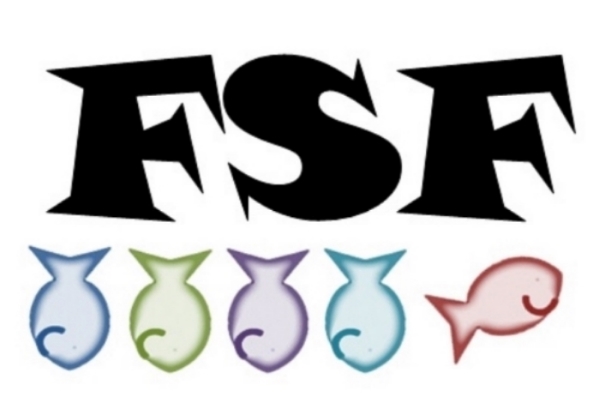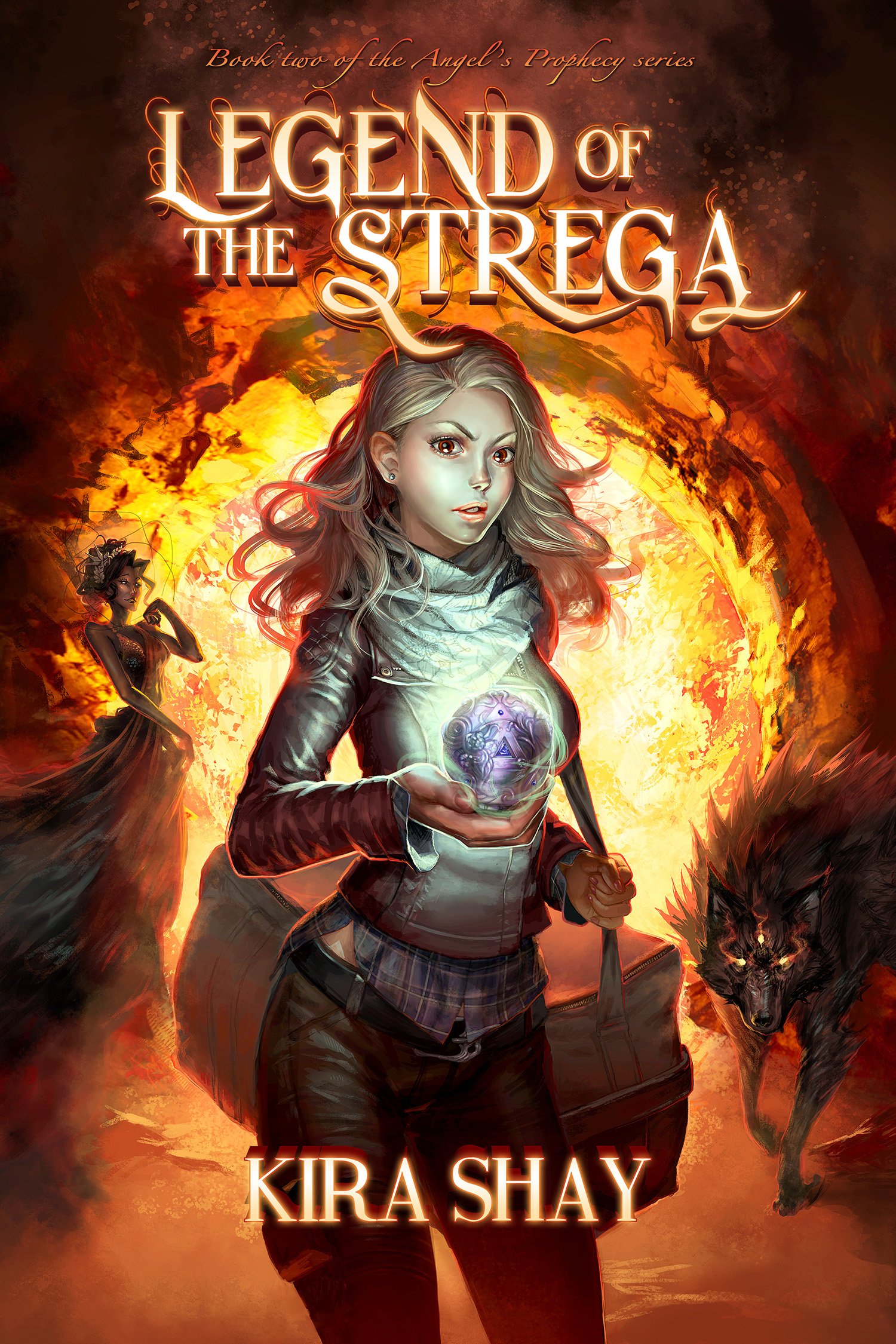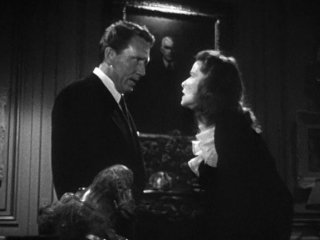* I have several upcoming movie and TV blogs coming up which were written before the writers’ strike. I’m just going to post them until I run out.
“When a story’s on paper, you can feel it. You can see it. And others can read it as well. But beware: for once a story’s written, it no longer belongs to the author, but has a life of it’s own.” This is the quote from the beginning of this episode meant to draw the viewer in.
For those unaware, “Are You Afraid of the Dark?” was Nickelodeon television show in the 90s about a groups of kids who told ghost stories around a campfire and my Saturday nights revolved around it and the rest of the Snick lineup.
This particular episode was about Sean, an aspiring writer who finds an old typewriter hidden under the stairs of the house his parents are fixing up. The teenager is instantly happy with the discovery especially since the previous owner was a bestselling mystery writer in the 1930s (who disappeared then was found dead - a story we never find out more about).
Since this is a supernatural show meant to scare kids, the typewriter has horrible powers. When Sean writes a story, the friends he includes in the prose then have a vivid dream where they live out the story. And if someone other than Sean then reads the words on the page, the people are physically sucked into the story where they have no power over the outcome.
First of all, as a child (I was probably nine or ten when this one aired) I only remember two aspects of this tale. Number one: the special effects were awful even for children’s TV made in Canada. Number two: Who writes their friends directly into a short story and use their real names?
Second of all, watching this as an adult I realize those two things still bug me, but two additional things bother me. Their English teacher steals food from the cafeteria! She realizes she’s run out of donuts and go to take a sweet roll from the school fridge. Who does that? And lastly, he wrote an entire short story in a night? I remember those days. Sigh.








































